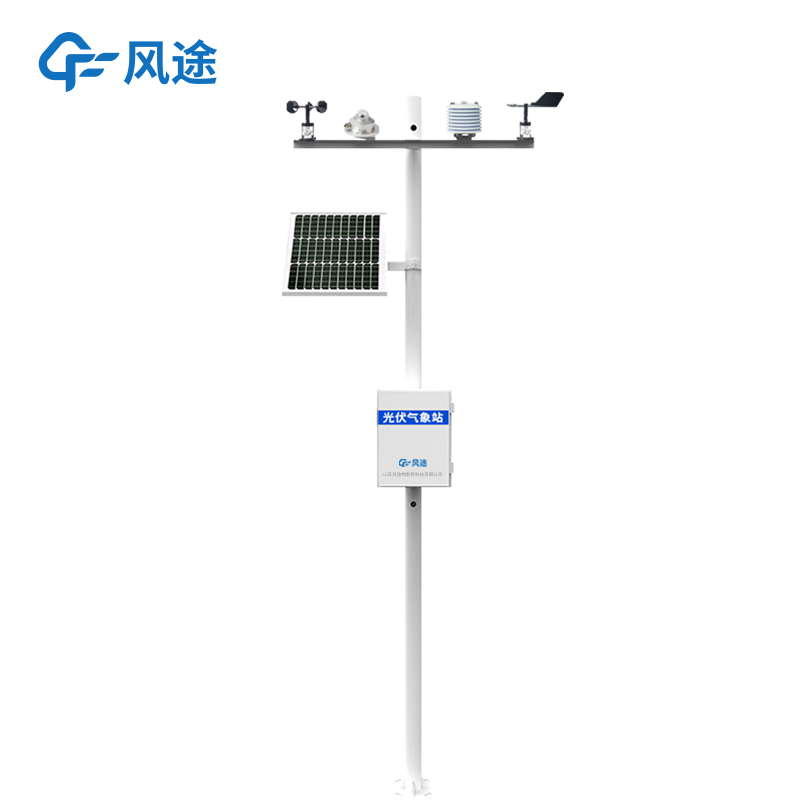Meteorological environment monitoring equipment supplier
Insist on doing high-precision customer favorite technology products
A Photovoltaic Weather Station measures environmental parameters that have direct, quantifiable relationships with the physical behavior and electrical output of photovoltaic modules in actual operation.
Unlike general-purpose weather stations, its most critical sensor is the pyranometer, also known as a solar radiation sensor. This device accurately measures the total solar irradiance perpendicular to the installation angle plane of photovoltaic modules. This is the fundamental input value for calculating the theoretical power generation capacity of a photovoltaic power plant. Without this accurate data, any judgment about whether the power plant is "healthy" loses its benchmark.
It must monitor both ambient air temperature and, more importantly, directly measure the temperature of the photovoltaic module backsheet. The output power of photovoltaic modules is highly temperature-dependent; for each degree increase in temperature, their output power decreases significantly. Therefore, module temperature is an indispensable key variable for accurately assessing "efficiency loss" and performing "power prediction".
Its monitoring of wind speed and direction is also closely related to the operation and safety of the power station. Wind speed directly affects the heat dissipation of modules, thereby influencing their power generation efficiency; sustained strong winds also test the structural strength of photovoltaic mounting structures, and data from the weather station can provide a basis for safety early warning.
By comparing the "theoretical power generation" (calculated based on irradiance, temperature, etc.) provided by the weather station with the "actual power generation" output by the inverter, operation and maintenance personnel can quickly identify whether the system has issues such as faults, shading, or low efficiency. For example, if actual power generation consistently falls below theoretical values, it may indicate module soiling, line losses, or equipment malfunctions. This real-time and accurate environmental data is the core of ultra-short-term power generation prediction for power stations, which is crucial for grid dispatching and electricity trading.
Therefore, a Photovoltaic Weather Station is far more than just a tool for recording weather. It serves as a bridge connecting the natural environment with electricity production, a core equipment that transforms climate conditions into analyzable and manageable data, and a data cornerstone for achieving refined and intelligent operation and maintenance of photovoltaic power stations.
